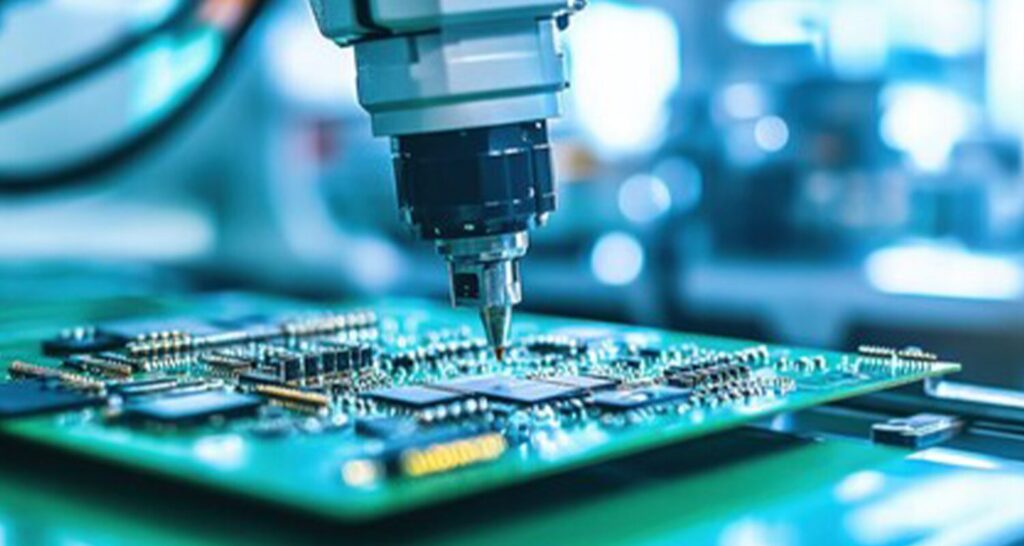Have Any Questions?
+800-327-9912
+800-327-9912
Nikola Tesla was one of the most prolific inventors in history, contributing to revolutionary
advancements in electricity, radio transmission, wireless energy, and automation.
His groundbreaking technologies remain fundamental to modern engineering and continue to influence scientific innovation. This article explores Tesla’s most significant inventions, many of which were ahead of their time and laid the foundation for today’s technological landscape.
Tesla’s alternating current (AC) system is arguably his most impactful contribution. Unlike direct current (DC), which was championed by Thomas Edison, AC allows electricity to be transmitted efficiently over long distances. Tesla’s system, which utilized high-voltage transformers and transmission lines, became the global standard for electrical distribution and remains the foundation of modern power grids.
Invented in 1891, the Tesla Coil is a high-voltage transformer designed to generate and transmit electrical energy wirelessly. It played a crucial role in early radio technology and remains a popular tool for studying high-frequency electricity. Tesla believed the Tesla Coil would one day enable global wireless energy transmission, a concept that continues to inspire modern wireless power research.
Tesla envisioned a world powered by wireless electricity and sought to develop technology that could transmit energy without cables. His Wardenclyffe Tower, a massive experimental station, was designed to send electricity across vast distances. Though the project was never completed due to financial setbacks, Tesla’s wireless power experiments influenced modern developments in inductive charging, satellite-based power transmission, and wireless electricity transfer.

While Guglielmo Marconi is often credited with inventing radio, Tesla’s experiments in wireless communication predated Marconi’s patents. In 1893, Tesla demonstrated the transmission of radio waves, laying the groundwork for modern radio, television, Wi-Fi, and satellite communication. In 1943, the U.S. Supreme Court posthumously recognized Tesla’s contributions to radio technology, solidifying his legacy in telecommunications.
While Guglielmo Marconi is often credited with inventing radio, Tesla’s experiments in wireless communication predated Marconi’s patents. In 1893, Tesla demonstrated the transmission of radio waves, laying the groundwork for modern radio, television, Wi-Fi, and satellite communication. In 1943, the U.S. Supreme Court posthumously recognized Tesla’s contributions to radio technology, solidifying his legacy in telecommunications.
In 1898, Tesla showcased the first radio-controlled boat, pioneering the concept of wireless automation. This invention laid the foundation for today’s remote-controlled devices, drones, robotics, and autonomous systems used in military, industrial, and commercial applications. His vision of machines operating remotely was far ahead of its time, foreshadowing the rise of AI-powered automation.
Tesla’s AC induction motor, developed in the late 1880s, revolutionized mechanical engineering by utilizing electromagnetic fields and rotating magnetic forces. Unlike DC motors, which required brushes and were less efficient, Tesla’s design was more durable, efficient, and cost-effective. Today, AC induction motors are essential components in
household appliances, industrial machinery, and electric vehicles.

Tesla was one of the first scientists to experiment with X-rays, which he called shadowgraphs. His research into high-frequency electromagnetic radiation began before Wilhelm Röntgen formally discovered X-rays. Tesla’s findings contributed to early medical imaging technology and helped pave the way for today’s MRI, CT scans, and other radiological advancements.
Tesla designed a bladeless turbine that used smooth discs instead of traditional turbine blades, creating an efficient energy conversion system. While his Tesla Turbine was never widely adopted during his lifetime, modern engineers continue to study its potential applications in sustainable energy solutions and efficient mechanical systems..
An advanced version of the Tesla Coil, the Magnifying Transmitter was designed to transmit electrical energy wirelessly over long distances. Tesla believed this device could provide free electricity to the world, though the technology was never fully realized. Today, his concepts influence wireless power transfer research and resonant energy technologies.

Tesla developed a mechanical oscillator, a steam-powered device capable of producing powerful vibrations. He once claimed that during an experiment, his oscillator created tremors so strong that nearby buildings in New York City began to shake. While Tesla later destroyed the device, his research into mechanical resonance remains an important study in physics and engineering.
Tesla conceptualized an electric-powered submarine long before it became a reality. His design involved remote control technology, allowing submarines to be operated wirelessly. While this concept was not implemented in his time, modern electric submarines rely on Tesla’s principles of electromagnetism and remote operation.

Tesla’s work in fluorescent and neon lighting led to early prototypes of modern energy-efficient lights. He demonstrated how electrical gases could be excited to produce illumination, a principle still used in fluorescent bulbs and neon signs. His contributions helped shape the development of energy-efficient lighting technology.
Nikola Tesla’s inventions were decades ahead of their time, and many of them continue to influence modern science and technology. His work in AC power, wireless communication, remote control systems, and renewable energy has shaped the way we live today. Tesla’s visionary thinking and relentless innovation remain an enduring source of inspiration, proving that his contributions to humanity were not just revolutionary—but timeless.

Discover Nikola Tesla and learn about cutting-edge technologies
Copyright © 2025 The Tesla Institute. All Rights Reserved.